When New York Governor Andrew Cuomo vetoed Assembly Bill 2778 earlier this week, he adopted the “kitchen sink” approach so often used by TNR opponents, explaining himself this way:
“Although the goal of this bill is laudable, it is problematic for several reasons. First, I cannot support diverting [the State’s Animal Population Control Program Fund] funds from existing programs that have already proven effective for humanely controlling feral cat populations. Second, a central tenant of TNR programs is the release of feral cats into the wild. However, that conflicts directly with Agriculture and Markets Law section 374(5), which makes the release of such animals a misdemeanor offense, and would create uncertainty as to the legality of releasing trapped animals. Third, the prevailing science suggests that TNR programs are not guaranteed to reduce feral cat populations, and, even if they do, may take many more years to do so than existing programs. Finally, the return of feral cats to the wild must be balanced against the impacts these cats can have on wildlife, including on threatened and endangered species, habitats, and food sources for native predators.”
Setting aside for the moment Cuomo’s (apparently) poor grasp of the relevant science, one wonders: if, as he suggests, spay/neuter services aimed at low-income residents are sufficient to control “feral cat” populations, then why is this issue even a topic of conversation—much less the focus of a controversial piece of legislation?
In fact, the purpose of New York’s Animal Population Control Program Fund, as written into law, is to “reduce the population of unwanted and stray dogs and cats thereby reducing incidence of euthanasia and potential threats to public health and safety posed by the large population of these animals.” And when it comes to reducing the “population of unwanted and stray cats,” the best return on investment is, of course, targeted TNR.
This bill would have allowed up to 20 percent of the Fund (approximately $1M in total, I’m told) to be used for TNR efforts. That’s the kind of funding that could make a significant difference.
No doubt Audubon New York, the New York Sportsmen’s Advisory Council, and PETA—all of whom opposed the bill—are celebrating Cuomo’s veto as a victory. But it’s difficult to see any winners here.
Making it more difficult to sterilize and vaccinate community cats doesn’t serve anybody’s best interest. (Even low-income pet owners, who presumably would have had to share a smaller slice of the Animal Population Control Program Fund pie, benefit from targeted TNR efforts: their neighborhoods are typically where the most community cats can be found.*)
As a policy decision, Cuomo’s veto runs counter to science, public opinion and common sense. And his convoluted, contradictory rationale is laughable—or it would be if the stakes weren’t so high.

*In a move that’s disgraceful even for PETA, the organization portrayed Assembly Bill 2778 (“a dangerous piece of legislation”) as TNR’s war on the poor, suggesting that TNR funding would hurt low-income pet owners.


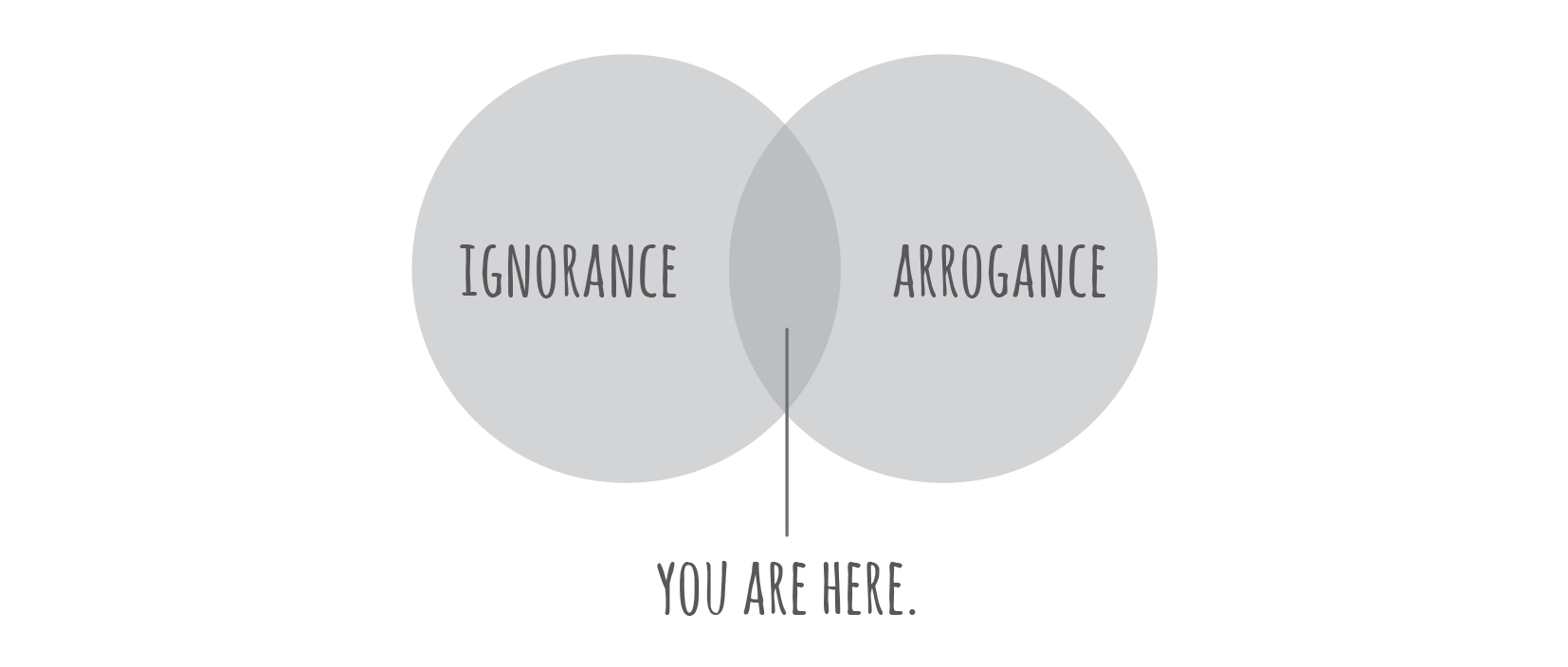 There is a kind of certainty that comes from having thoroughly investigated a problem, prodding and poking at it from every angle, taking into careful consideration all possible explanations. And there’s the kind that comes from not knowing what the hell you’re talking about.
There is a kind of certainty that comes from having thoroughly investigated a problem, prodding and poking at it from every angle, taking into careful consideration all possible explanations. And there’s the kind that comes from not knowing what the hell you’re talking about.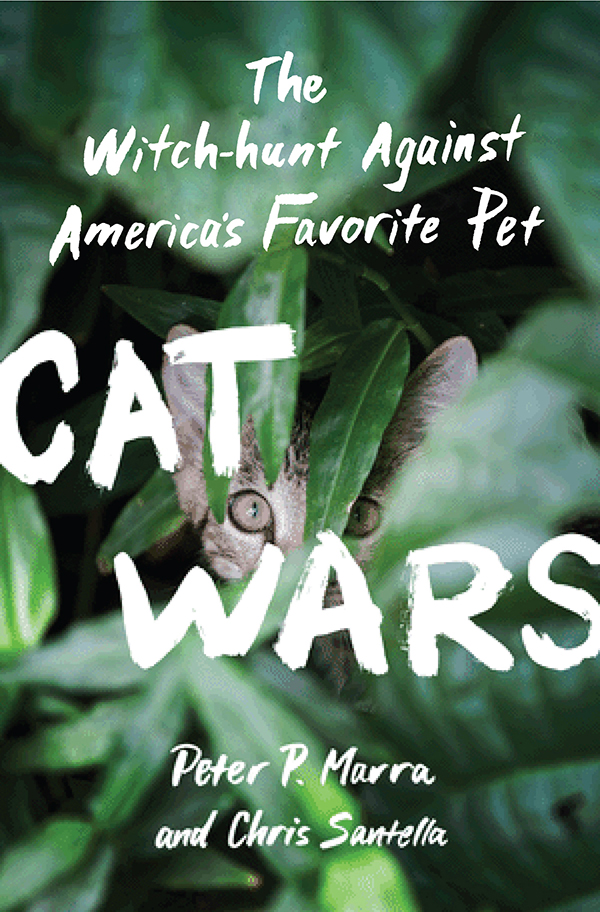 It’s hunting season, a fitting time for Peter Marra to be reiterating his call for the killing of outdoor cats. Earlier this week he delivered the keynote address at the
It’s hunting season, a fitting time for Peter Marra to be reiterating his call for the killing of outdoor cats. Earlier this week he delivered the keynote address at the 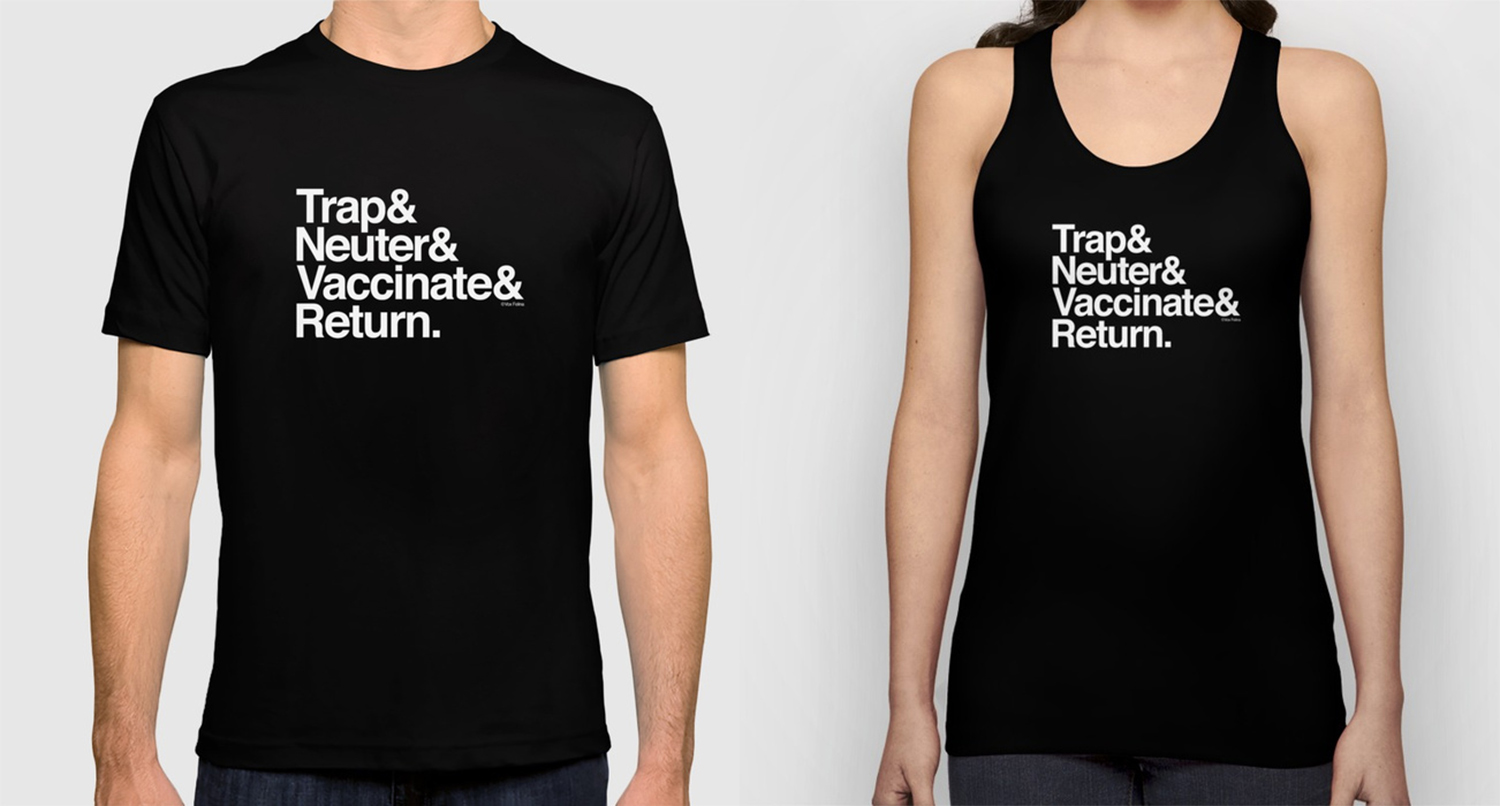
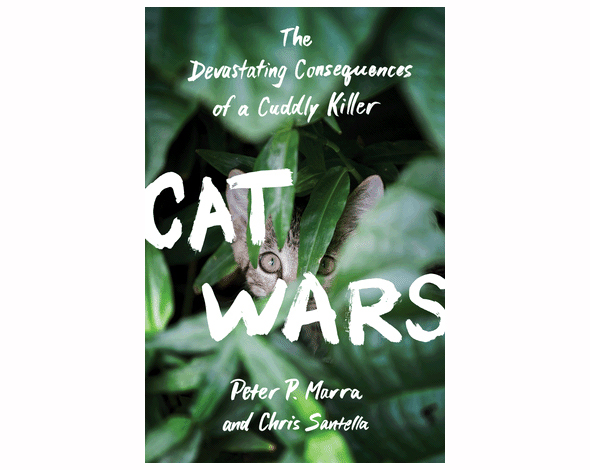
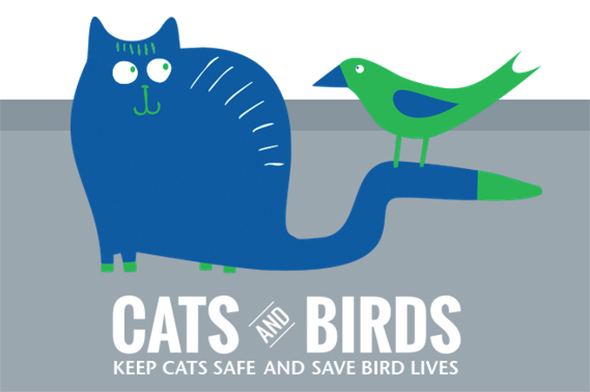
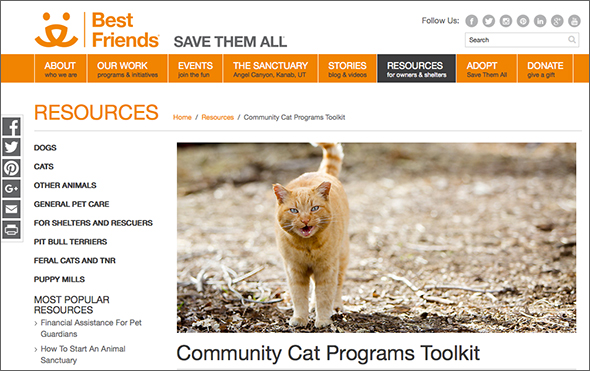
 Hunting for cats on Marion Island. Source: unknown. (Indeed, it’s not even clear that this is truly Marion Island, although that’s certainly implied from the accompanying
Hunting for cats on Marion Island. Source: unknown. (Indeed, it’s not even clear that this is truly Marion Island, although that’s certainly implied from the accompanying